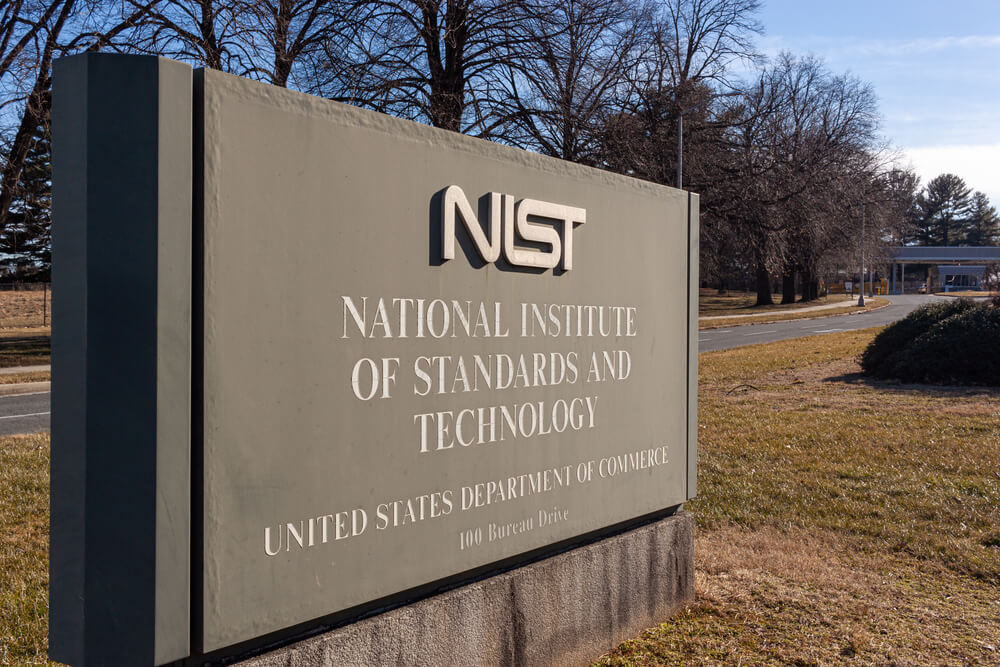States that want to maintain or gain their technological and industrial independence no longer rely solely on traditional instruments of power.
In this decade, three interconnected resources are becoming crucial: computing power, access to data, and the rules for their use.
Their combination will determine who controls the value chains in the manufacturing, energy, medical and security industries.
Computing as state infrastructure
The European Union is developing a network of "AI factories"—public supercomputers and data centres intended for scientific institutions and industries, particularly small and medium-sized enterprises.
The aim is to give domestic actors the opportunity to train advanced models without having to rely on private platforms outside the continent.
The first seven sites were selected at the end of 2024, and the operational framework and technical infrastructure will be set up during 2025.
The UK is implementing a centralised model through the national AI Research Resource (AIRR). It links the Isambard AI supercomputer in Bristol and the Dawn system in Cambridge, with a plan to increase the government's computing power twenty-fold over the next five years, which would boost capacity from current levels to a scale that allows training of even the most complex models.
Universities, research institutions and companies registered in the UK will have the right to use it if they submit a project application and meet the technical and organisational requirements of the AIRR programme.
The IEA estimates that data centres' electricity consumption will reach around 945 TWh per year by 2030
The United States employs a network approach. The NAIRR (National AI Research Resources) programme connects existing centres across the country and enables researchers to share infrastructure, software, and data.
Rather than building a single central supercomputer, a network of interconnected centres is being established to provide advanced resources to more users across the country.
At the beginning of the year, Japan launched ABCI 3.0 – a national open AI cluster designed to provide domestic researchers with the latest accelerators. This will enable the country to develop world-class models independently.
Speed is a priority in the Gulf States. The Emirates are planning a five-gigawatt AI campus in Abu Dhabi, with the infrastructure to run hundreds of thousands of advanced chips, with US access control and excluding Chinese technologies.
Saudi Arabia is developing similar plans. These projects rely on available energy as a key lever.
The issue of energy is becoming strategic. The International Energy Agency estimates that data centres' electricity consumption will reach around 945 TWh per year by 2030, with artificial intelligence being the main driver of growth.
A stable and low-carbon energy source will become an integral part of digital sovereignty.
Data as a resource
Without extensive and high-quality data, even the most powerful computing infrastructure cannot fulfil its purpose.
From September 2025, the European Union will implement the Data Act, a law that gives users the right to data generated by the use of devices, from agricultural machinery to industrial robots, and the ability to share it with third parties.
This breaks with the practice of locking data within a manufacturer's system.
India is implementing the IndiaAI Mission, a programme worth more than $1 billion
In the healthcare sector, the European Health Data Space (EHDS) standardises the collection, exchange, and use of medical data throughout the EU.
The system makes it possible to use medical data for scientific research, the development of new technologies, and shaping public health policy while strictly protecting patient privacy.
India is implementing the IndiaAI Mission, a programme worth more than $1 billion that will provide public computing infrastructure and a national data network. This will lay the foundation for domestic industry that is not dependent on foreign services.
Rules as an instrument of power
Regulations and standards increasingly determine who is authorised to develop and market advanced AI systems and under what conditions. The European AI Act, which came into force on 1 August, 2024, prohibits certain practices such as real-time biometric surveillance from 2 February, 2025.
From 2 August, transparency and documentation obligations will apply to general-purpose models (models that were not developed for a specific purpose but can be used in various areas and tasks).
Strict rules have been introduced for high-risk systems in terms of security, data quality and human control.
All these obligations also apply to companies outside the EU who want to access the EU market.
 The United States is developing practical guidelines and checkpoints for generative systems
The United States is developing practical guidelines and checkpoints for generative systems
Through the National Institute of Standards and Technology (NIST), the United States is developing practical guidelines and checkpoints for generative systems (artificial intelligence systems that use learnt patterns to create new content, such as text, images, sound, or video).
Although these guidelines are formally voluntary, they become binding through public tenders and commercial contracts. At the same time, export controls for advanced chips determine which countries and companies can develop the most advanced models.
Industry 5.0 —Integration of three pillars
In the European interpretation, Industry 5.0 means a technological development focused on people, sustainability, and resilience.
Public AI factories, open access to data and clear rules for the use of high-risk systems are part of the same strategy – reindustrialisation based on digital tools.
Countries that combine computing, data and regulation under a single strategy have a comparative advantage
This creates a framework in which technology does not remain in laboratories but becomes part of production, energy supplies, and healthcare.
Countries that combine computing, data and regulation under a single strategy have a comparative advantage. They can shape rules and standards, provide domestic companies with resources, and influence global value chains.
Those that do not become dependent on the capacities and conditions of others.
For companies, decisions about accessing computing infrastructure, data rights, and regulatory compliance are no longer an IT matter but the responsibility of boards of directors.
In Industry 5.0, digital sovereignty is a prerequisite for competitiveness and economic policy, not a technical detail.